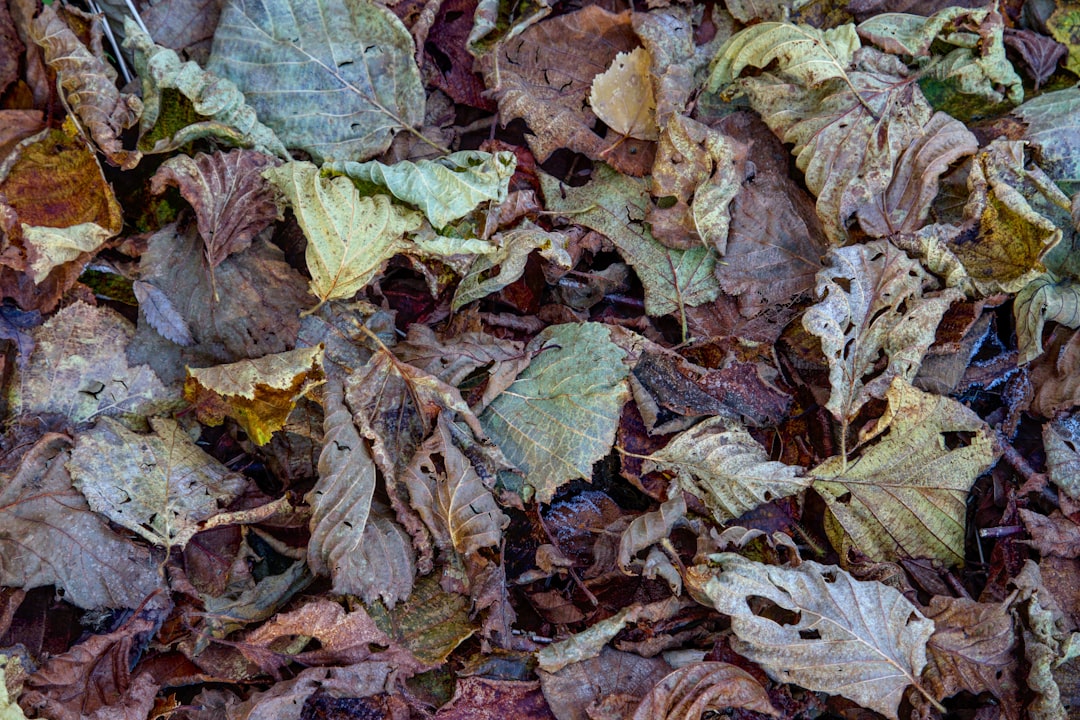Edible gardening is a rewarding endeavor that allows you to grow your own fresh produce right at home. One of the key aspects of successful vegetable gardening is understanding the concept of companion planting. In this guide, we will explore the top asparagus companion plants that can help you maximize your garden space and keep pests at bay.
Asparagus is a perennial vegetable that requires specific growing conditions and companions to thrive. By carefully selecting the right plants to grow alongside asparagus, you can create a harmonious ecosystem in your garden that benefits all the plants involved.
The Benefits of Companion Planting with Asparagus
Companion planting offers numerous advantages when it comes to growing asparagus. Firstly, certain plants can help repel pests that are known to attack asparagus. For example, marigolds are well - known for their ability to deter nematodes, which can be a major problem for asparagus roots. By planting marigolds around your asparagus bed, you can protect your crop from these harmful pests.
Secondly, companion plants can help improve soil fertility. Legumes, such as beans and peas, have a symbiotic relationship with nitrogen - fixing bacteria. These bacteria convert atmospheric nitrogen into a form that plants can use, enriching the soil with this essential nutrient. When planted near asparagus, legumes can provide a natural source of nitrogen, promoting healthy growth.
Another benefit is space utilization. Some companion plants can be grown in the spaces between asparagus rows, making the most of your garden area. For instance, lettuce is a shallow - rooted plant that can be intercropped with asparagus. It doesn't compete with asparagus for nutrients and space, and it can be harvested before the asparagus needs more room to grow.
Top Asparagus Companion Plants
Tomatoes
Tomatoes and asparagus make great companions. Tomatoes release solanine, a natural compound that can help repel asparagus beetles. In return, asparagus may help protect tomatoes from nematodes. The two plants have different root depths, so they don't compete for nutrients in the soil. You can plant tomatoes near the edges of your asparagus bed for a mutually beneficial relationship.
Parsley
Parsley is an herb that attracts beneficial insects, such as hoverflies and parasitic wasps. These insects prey on aphids and other pests that can damage asparagus. Additionally, parsley has a shallow root system, so it can be planted in the same area as asparagus without causing competition. It also adds a fresh, green element to your garden and can be used in the kitchen for cooking.
Spinach
Spinach is a cool - season crop that can be grown alongside asparagus in the early spring. It has a short growing season and can be harvested before the asparagus starts to take over the space. Spinach also helps to shade the soil, which can keep the roots of asparagus cool and moist. This is especially beneficial during hot summer months.
Rosemary
Rosemary is an aromatic herb that can help repel pests with its strong scent. It is drought - tolerant and can thrive in the same well - drained soil conditions as asparagus. Planting rosemary near asparagus can create a natural barrier against pests and add a lovely fragrance to your garden.
How to Plant Asparagus with Companion Plants
When planting asparagus with companion plants, it's important to consider the spacing requirements of each plant. Asparagus crowns should be planted about 12 - 18 inches apart in rows that are 3 - 4 feet apart. You can then plant the companion plants in the spaces between the asparagus rows or around the edges of the bed.
Make sure to prepare the soil properly before planting. Asparagus prefers well - drained, fertile soil with a pH between 6.5 and 7.5. Amend the soil with compost or well - rotted manure to improve its structure and fertility. Water the plants regularly, especially during the first few weeks after planting, to help them establish strong roots.
As the plants grow, monitor them for any signs of pests or diseases. If you notice any problems, take appropriate action, such as using organic pest control methods or removing infected plants. With proper care and the right companion plants, your asparagus garden will be a productive and healthy part of your edible landscape.
In conclusion, companion planting with asparagus is a smart and effective way to enhance the health and productivity of your garden. By choosing the right companion plants, you can create a diverse and balanced ecosystem that benefits all the plants involved. Whether you're a seasoned gardener or just starting out, incorporating these asparagus companion plants into your vegetable garden will surely lead to a bountiful harvest.

